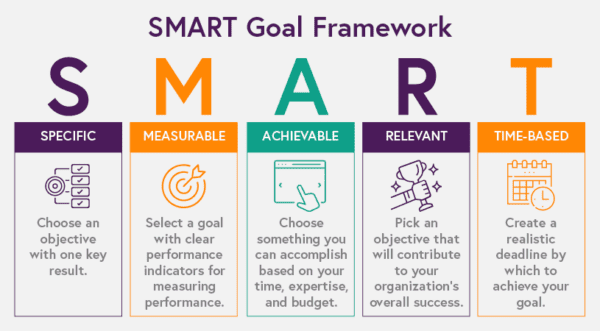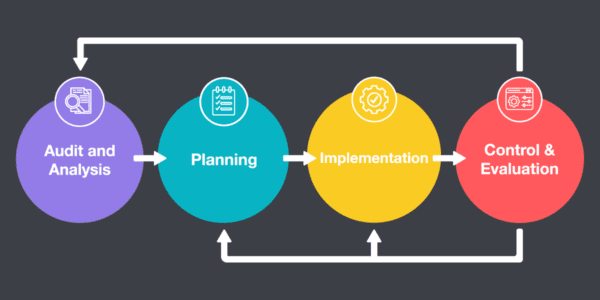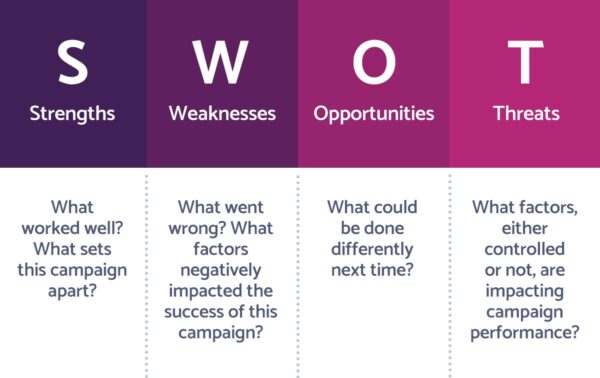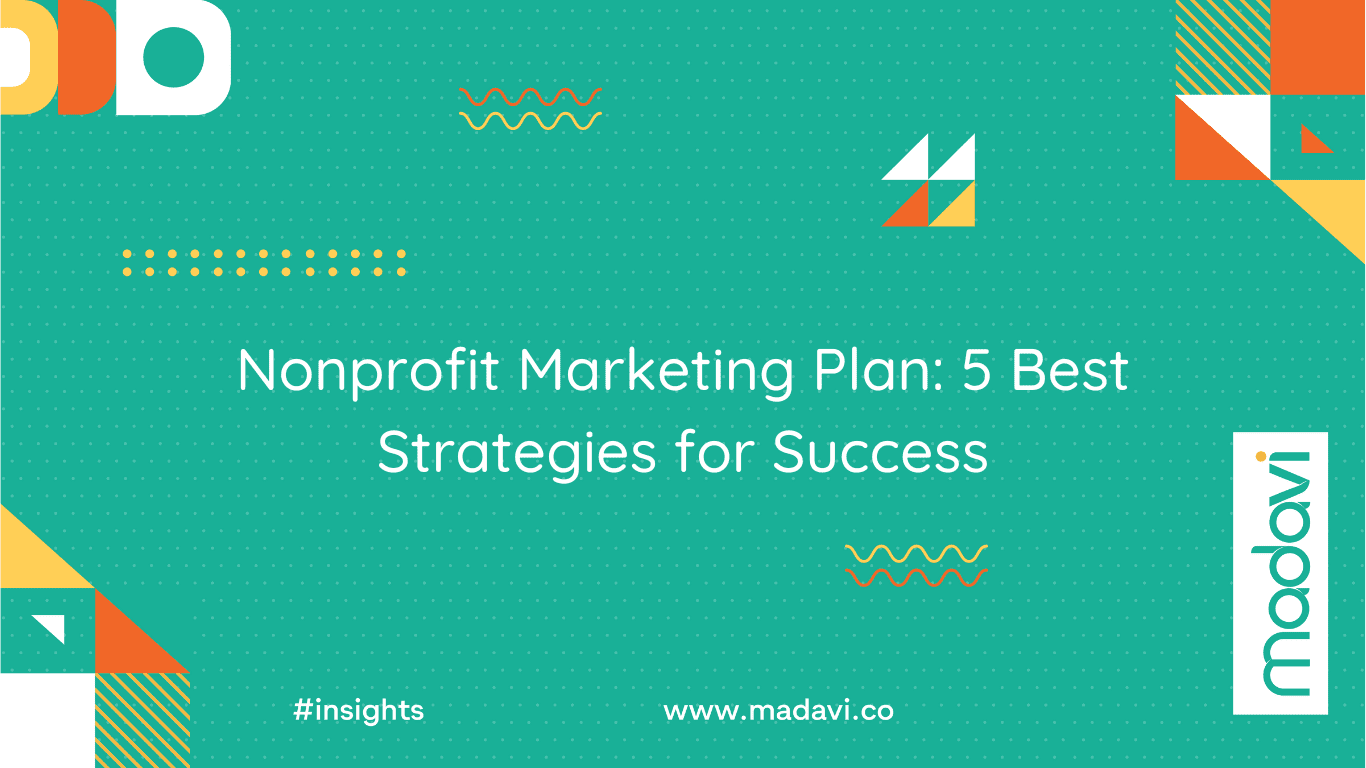Table of Contents
As a nonprofit organization, it is important to have a marketing strategy or plan that is tailored to your specific mission and goals. A well-crafted nonprofit marketing plan can help your organization attract volunteers, donors, and supporters, while also raising awareness for your cause. In this article, we will explore the key components of a nonprofit marketing plan and provide tips for creating an effective strategy.
Understanding your nonprofit’s mission and values is the first step in creating a marketing plan. A clear understanding of your organization’s mission and values will help you identify your target audience, define your messaging, and develop a unique brand identity. With a solid foundation in place, you can then move on to building a nonprofit marketing strategy that aligns with your organization’s mission and goals. This includes setting specific goals, identifying your target audience, and developing a messaging and branding strategy that resonates with your supporters.

Implementing the marketing plan is the next step. This involves identifying the right channels and tactics to reach your target audience, creating a content calendar, and measuring your results. Nonprofit marketing tools and resources can also be helpful in streamlining your marketing efforts and maximizing your impact. From social media management tools to email marketing platforms, there are many resources available to help you create and execute an effective nonprofit marketing plan.
Key Takeaways
- A clear understanding of your nonprofit’s mission and values is essential for creating an effective marketing plan.
- Building a nonprofit marketing strategy involves setting specific goals, identifying your target audience, and developing a messaging and branding strategy that aligns with your mission.
- Implementing your marketing plan involves identifying the right channels and tactics, creating a content calendar, and measuring your results. Nonprofit marketing tools and resources can also help streamline your efforts.
Importance of Your Nonprofit’s Mission and Values
As a nonprofit organization, your mission is the driving force behind everything you do and should be anchored on solving or alleviating social problems. It is the reason you exist and the foundation upon which you build your programs and services. Therefore, it is essential to clearly define your mission and value proposition to ensure that your marketing efforts are aligned with your organization’s goals and objectives.
Your mission statement should be clear, concise, and memorable. It should communicate your purpose and inspire your supporters to take action. When crafting your mission statement, you should consider the following questions:
- What problem are we trying to solve?
- Who are we trying to help?
- How are we making a difference?
- What makes us unique?

Once you have a solid understanding of your mission, you can begin to develop your value proposition. Your value proposition is the unique benefit you offer to our supporters. It is the reason why someone would choose to support our organization over another.
To develop your value proposition, you should consider the following questions:
- What are the benefits of supporting our organization?
- What makes us different from other nonprofits?
- How do we add value to our supporters’ lives?
Your value proposition should be communicated clearly and consistently throughout all of your marketing materials. It should be prominently displayed on your website, social media profiles, and fundraising materials.
In summary, understanding your nonprofit’s mission and values is crucial for developing an effective nonprofit marketing plan. By clearly defining your mission and value proposition, you can communicate your purpose and unique benefits to your supporters.
Building a Nonprofit Marketing Plan
At the heart of any successful nonprofit marketing plan is a well-crafted marketing strategy. A marketing strategy is the roadmap that guides you towards achieving your goals. It helps you identify your target audience, set SMART goals, choose the right marketing channels, develop effective messaging, and create a marketing timeline.
1. Identifying the Target Audience
The first step in building a nonprofit marketing strategy is identifying your target audience. You need to understand who your audience is, what they care about, and what motivates them to take action. You can use demographic data, surveys, and audience overview reports to gain insights into your audience’s preferences, behaviors, and needs.
2. Setting SMART Goals
Once you have identified your target audience, you need to set SMART goals. SMART stands for Specific, Measurable, Achievable, Relevant, and Time-bound. Our goals should be clear, quantifiable, realistic, aligned with our mission, and have a specific deadline. By setting SMART goals, you can measure your progress, stay focused, and adjust your tactics if necessary.

3. Choosing the Right Marketing Channels
Choosing the right marketing channels is crucial for reaching your target audience. You need to select the channels that your audience uses the most and that align with your marketing goals. Social media platforms such as Facebook, Instagram, TikTok, and Twitter can be effective channels for reaching a wider audience. However, you need to make sure that your messaging and tone are appropriate for each platform.
4. Developing Effective Messaging
Developing effective messaging is essential for engaging your audience and motivating them to take action. You need to use a language and tone that resonates with your audience and reflects your organization’s values. Storytelling techniques such as sharing success stories can be powerful tools for connecting with your audience and demonstrating the impact of your work.
5. Creating a Marketing Timeline
Finally, you need to create a marketing timeline that outlines the tactical plan for implementing your strategic nonprofit marketing plan. Your timeline should include specific deadlines for each marketing activity, such as creating content, launching campaigns, and measuring results. By creating a marketing timeline, you can ensure that you stay on track and achieve your marketing goals.
Building a nonprofit marketing plan requires careful planning and execution. By identifying your target audience, setting SMART goals, choosing the right marketing channels, developing effective messaging, and creating a marketing timeline, you can create a successful marketing plan that drives our organization’s mission forward.
Implementing the Marketing Plan

Once you have developed a comprehensive nonprofit marketing plan, the next step is to implement it. This involves launching marketing campaigns, utilizing social media and online platforms, engaging with stakeholders and building relationships, and monitoring and analyzing the results.
Launching Marketing Campaigns
One of the key tactics of a nonprofit marketing plan is to launch marketing campaigns that will help you raise awareness and engage with your target audience to support your cause. You will use a variety of marketing tactics, including email marketing, content marketing, and event marketing to reach your goals. It is important to ensure that your campaigns are aligned with your overall nonprofit marketing plan and that you have a clear understanding of your target audience and their needs.
Utilizing Social Media and Online Platforms
Social media and online platforms are powerful tools that you will use to reach your target audience and engage with them. You will create social media accounts on platforms such as Facebook, Twitter, and Instagram, and use them to share content, engage with your followers, and promote your events and campaigns. You will also utilize online platforms such as Google AdWords and Facebook Ads to reach a wider audience and drive traffic to your website.
Engaging with Stakeholders and Building Relationships

Engaging with stakeholders and building relationships is a critical component of our marketing efforts. You will work closely with your community, volunteers, and donors to build strong relationships and create a sense of community around your cause. This will involve regular communication, feedback, and collaboration, as well as providing opportunities for involvement and participation, which translate to value proposition.
Monitoring and Analysis
Monitoring and analysis are essential for measuring the success of your marketing efforts and identifying areas for improvement. You will conduct regular SWOT analyses to identify your strengths, weaknesses, opportunities, and threats, and use this information to refine your marketing strategy. You will also use analytics tools to track your website traffic, social media engagement, and other key metrics, and use these insights to make data-driven decisions.

Overall, implementing your nonprofit marketing plan requires a comprehensive approach that includes a variety of tactics, platforms, and strategies. By focusing on your target audience, engaging with your stakeholders, and monitoring your results, you can create effective marketing campaigns that help you achieve your goals and make a positive impact on your community.
Nonprofit Marketing Tools and Resources
Creating a successful nonprofit marketing plan requires the right tools and resources. Here are some of the most effective ones recommended:

Templates
Using templates can save time and ensure consistency in your nonprofit marketing plan. There are many free templates available online, including those for social media posts, email newsletters, and fundraising appeals. You can customize these templates to fit your organization’s branding and messaging.
Excel
Excel is a powerful tool for managing your nonprofit marketing data. You can use it to track your fundraising goals, donor information, and marketing metrics. Excel can also help you create charts and graphs to visualize your data and identify trends.
Canva
Canva is a user-friendly graphic design tool that can help you create professional-looking marketing materials, even if you don’t have a background in design. You can use Canva to create social media graphics, flyers, brochures, and other marketing materials you consider essential in your nonprofit marketing plan.
Content Calendar
A content calendar is critical in organizing your nonprofit marketing plan, especially the content you want to put out. You can use it to schedule social media posts, blog articles, and email newsletters in advance. A content calendar can also help you ensure that your messaging is consistent and aligned with your organization’s goals.

Email Newsletters
Email newsletters are a powerful tool for engaging with your nonprofit’s supporters. You can use them to share updates and news about your organization, promote fundraising campaigns, and provide valuable resources to your audience. Be sure to segment your email list and personalize your messages to increase engagement.
Conclusion
Creating a nonprofit marketing plan is a crucial step in achieving your organization’s goals. By setting clear objectives and creating a strategy to achieve them, you can effectively communicate your message to potential supporters and donors.
Throughout this guide, we have explored the foundations of a successful nonprofit marketing plan. We have discussed the importance of setting clear goals and identifying your target audience. We have also examined various marketing strategies, including digital campaigns and social media marketing.
It is important to remember that a nonprofit marketing plan is not a one-time event. It is an ongoing process that requires regular evaluation and adjustment. By tracking your progress and analyzing your results, you can identify areas for improvement and make changes to your strategy as necessary.
In conclusion, a well-crafted nonprofit marketing plan can help your organization reach its full potential. By creating a clear strategy and setting measurable goals, you can attract new supporters and engage with your existing audience in more diverse ways. With the right approach and a commitment to ongoing evaluation and improvement, your nonprofit can achieve its goals and make a lasting impact in your community.







